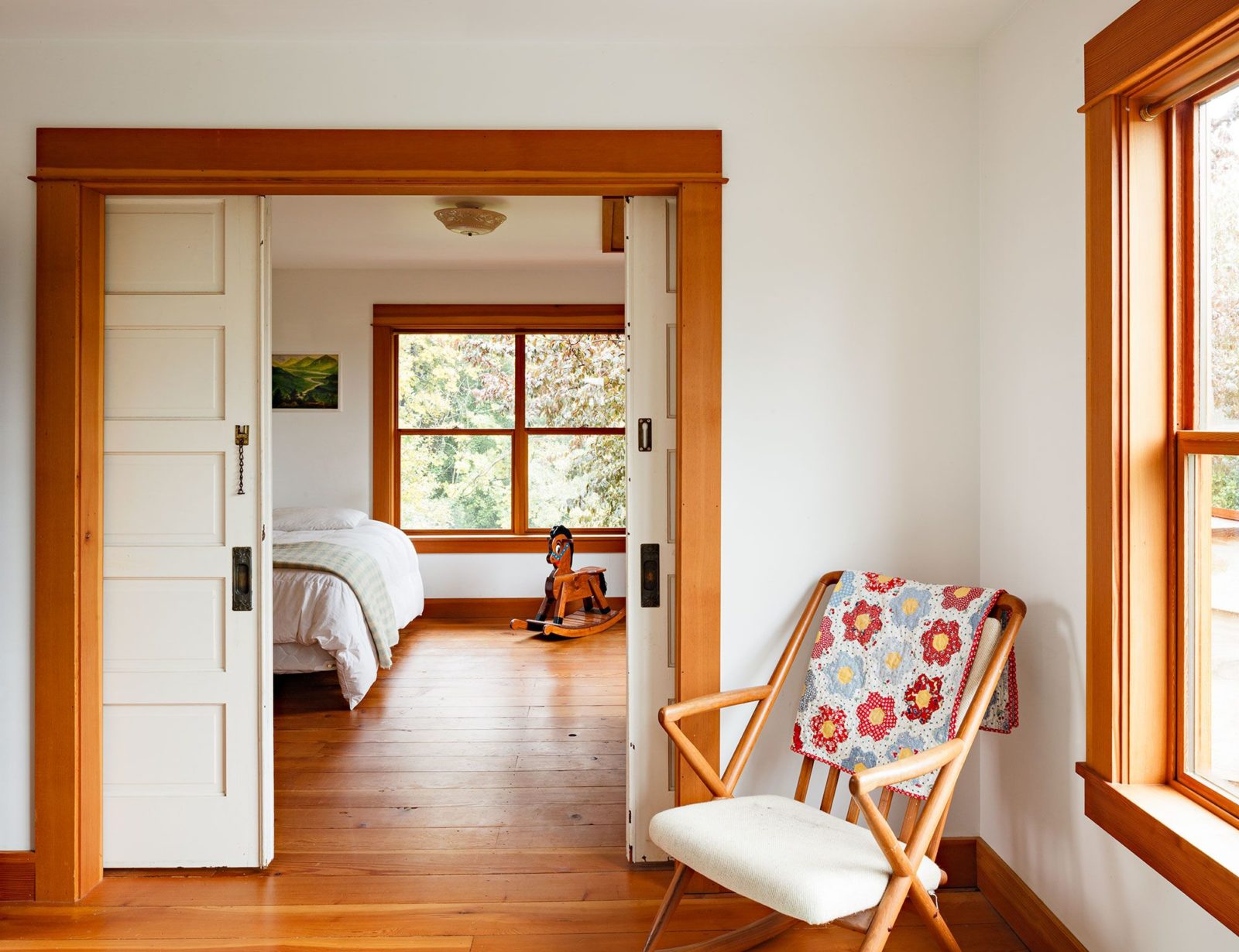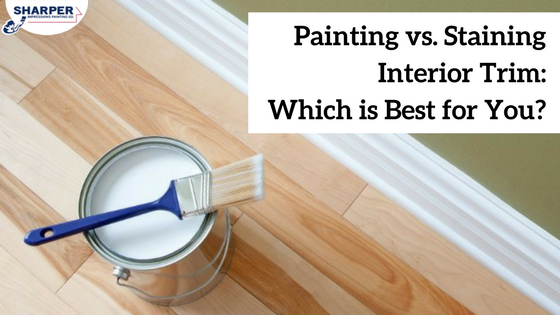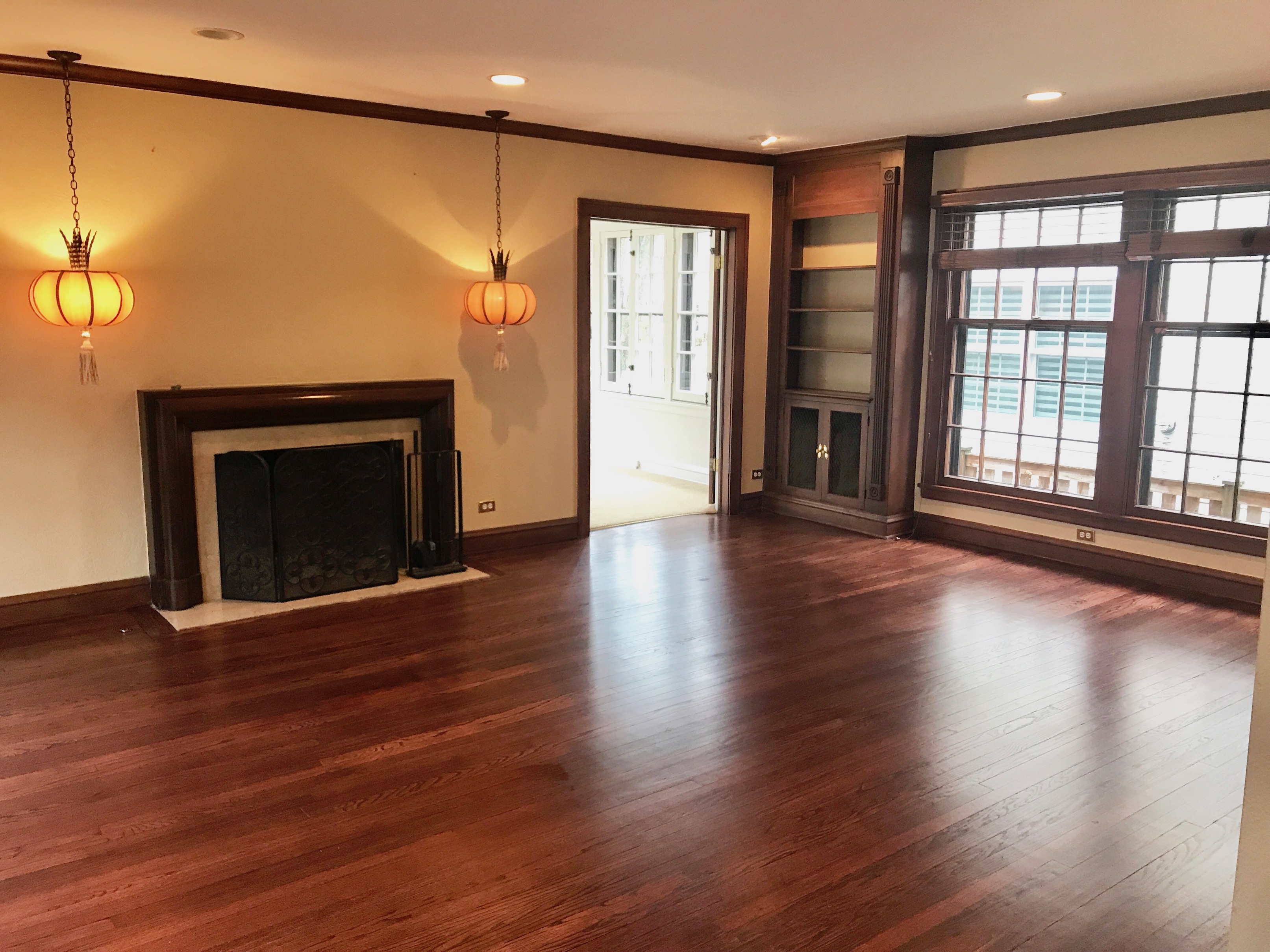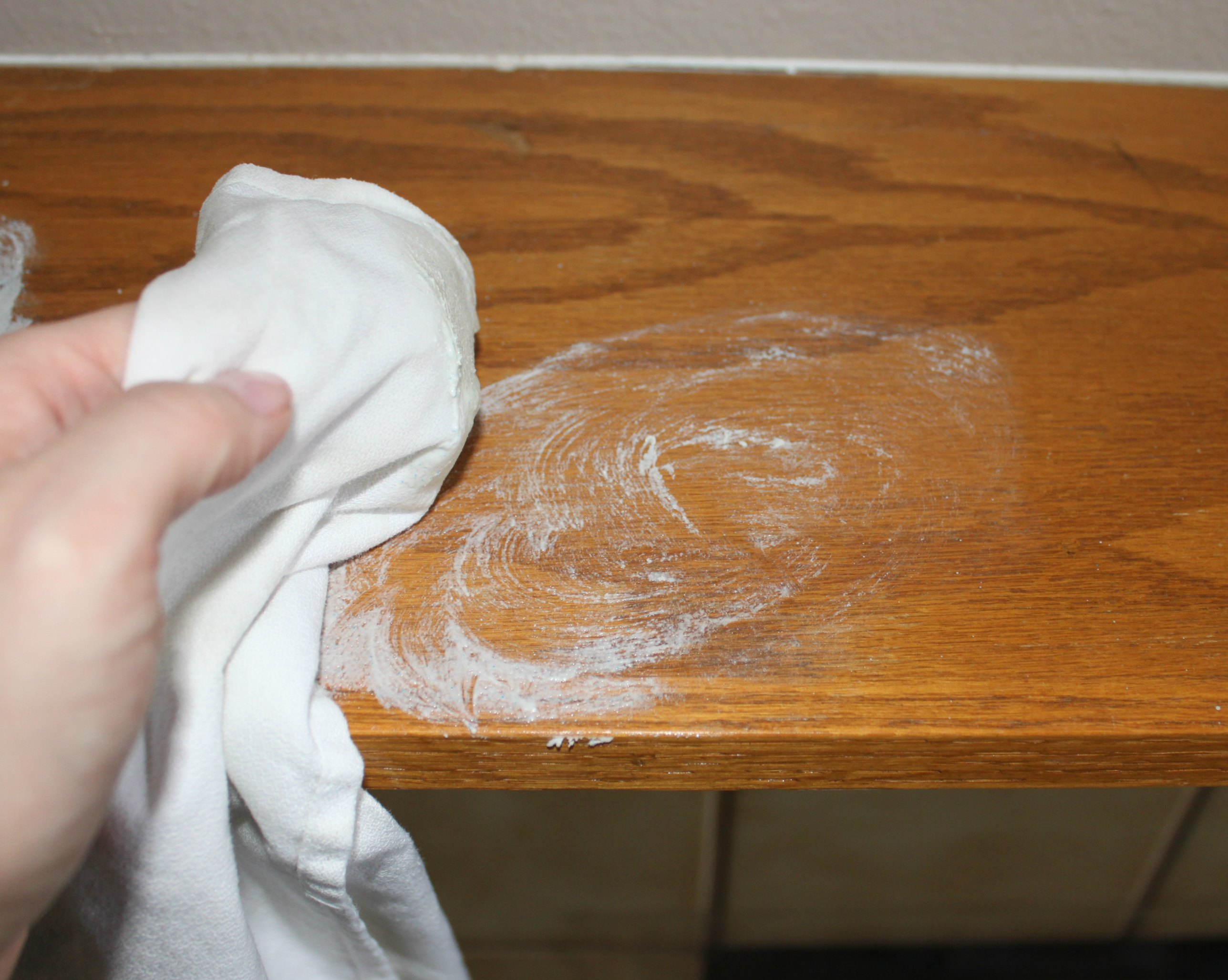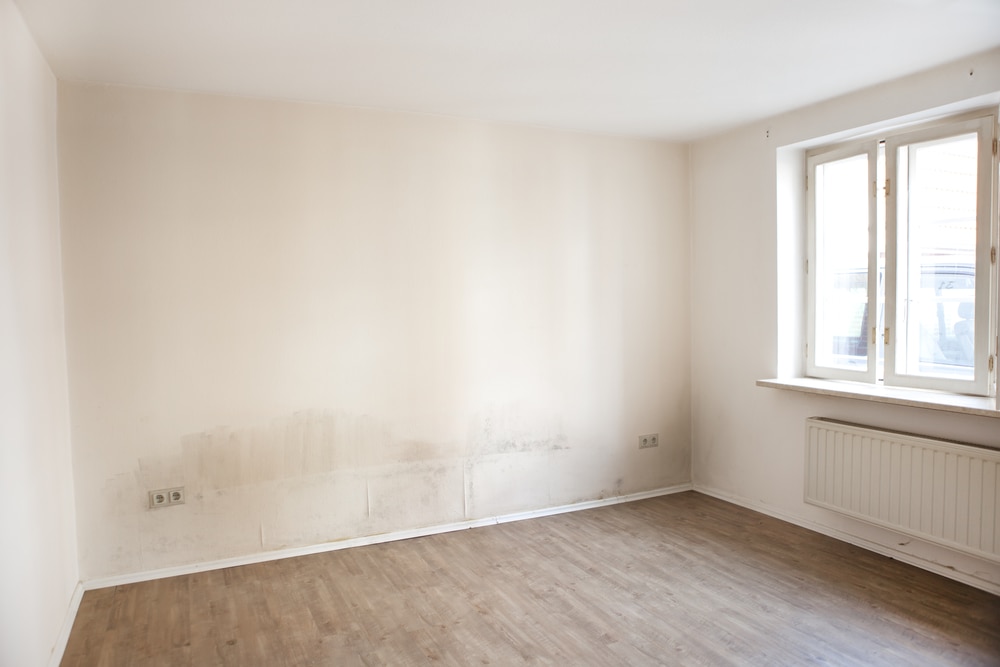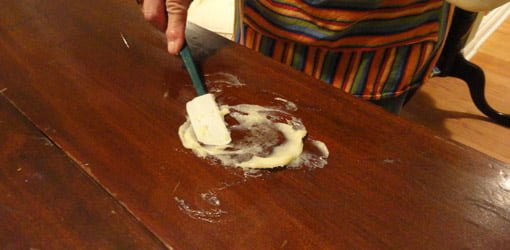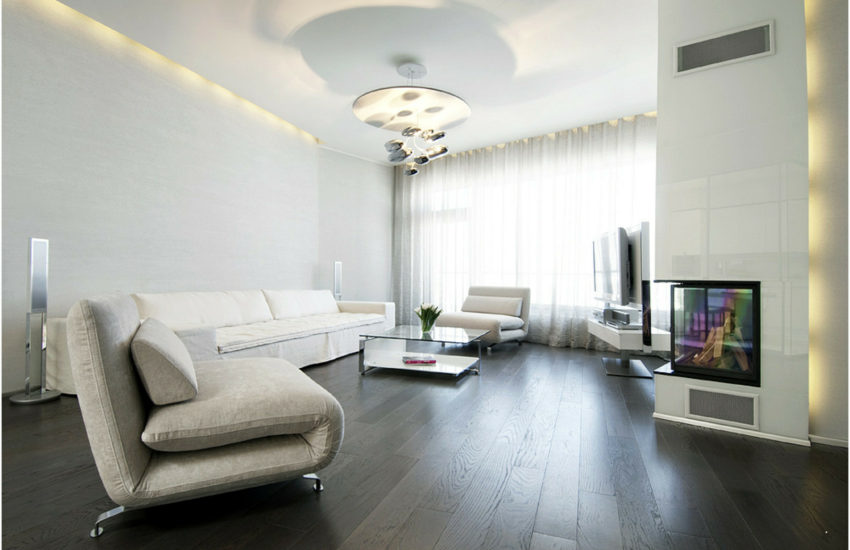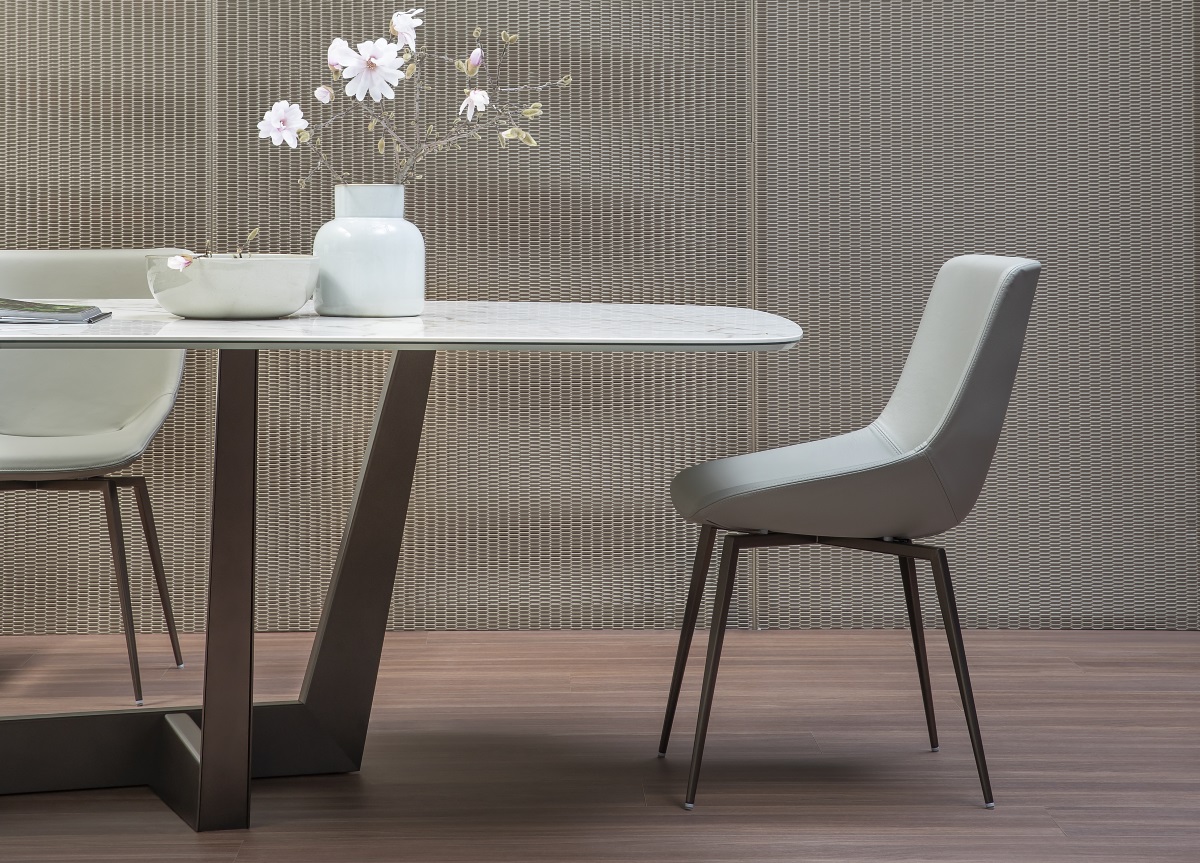Staining living room trim is a great way to add warmth and character to your home. It's a simple DIY project that can make a big impact. But before you dive into staining, there are a few things you need to know. Preparation is key – Before you start staining, make sure to properly prepare the trim. This includes sanding, filling any holes or gaps, and wiping down the surface with a damp cloth to remove any dust or debris. Pro tip: Use a wood conditioner before staining to help the wood absorb the stain evenly and prevent blotchiness.How to Stain Living Room Trim
There are a variety of stains available on the market, each with their own unique qualities. When it comes to living room trim, you want to choose a stain that will complement your existing decor and provide long-lasting results. Oil-based stains – These stains offer rich and deep colors, are easy to apply, and provide a durable finish. However, they do have a strong odor and require more time for drying. Water-based stains – These stains have a lower odor, dry quickly, and are easy to clean up. They also come in a variety of colors and can be used on both indoor and outdoor trim. However, they may not provide as rich of a color as oil-based stains. Pro tip: Test a small area of your trim with different stains to see which one gives you the desired result before committing to a whole project.Best Stain for Living Room Trim
Staining your living room trim yourself can save you time and money. It's a relatively simple process that can be done in a weekend. Here are the basic steps to follow: 1. Sand the trim to remove any imperfections and create a smooth surface. 2. Fill any holes or gaps with wood filler and let it dry according to the manufacturer's instructions. 3. Wipe down the trim with a damp cloth to remove any dust or debris. 4. Apply the wood conditioner, if desired, and let it dry. 5. Apply the stain with a brush, sponge, or cloth, following the manufacturer's instructions. 6. Wipe off any excess stain with a clean cloth. 7. Let the stain dry completely before applying a second coat, if desired. 8. Apply a clear coat, such as polyurethane, to protect the stain and give it a glossy finish. Pro tip: Make sure to work in a well-ventilated area and wear protective gear, such as gloves and a mask, when working with stain.DIY Stained Living Room Trim
Stained trim can add a touch of elegance and sophistication to your living room. Here are a few ideas to inspire your next project: Contrasting colors – Use a dark stain on the trim to create a striking contrast with light-colored walls. Complementary colors – Choose a stain color that complements your wall color, such as a warm stain with beige walls or a cool stain with blue walls. Natural wood tones – If you have beautiful natural wood trim, enhance its beauty by using a clear stain to bring out the wood's natural color and grain. Pro tip: Don't be afraid to experiment with different stain colors and techniques to find the perfect look for your living room.Stained Trim Ideas for Living Room
Stained wood trim can add warmth and texture to your living room. It can also be a great way to tie in other wood elements, such as furniture or flooring. Here are a few tips to keep in mind when using stained wood trim: Choose the right stain – Consider the existing wood tones in your living room and choose a stain that will complement them. You want the stain to enhance the overall look, not clash with it. Keep it consistent – If you have stained wood trim in other areas of your home, it's best to keep the same stain color in your living room for a cohesive look. Pro tip: Use a high-quality stain to ensure the wood trim looks beautiful and lasts for years to come.Stained Wood Trim in Living Room
Choosing the right stain color for your living room trim can be overwhelming with so many options available. Here are a few popular stain colors to consider: Dark walnut – This stain provides a deep, rich color and is perfect for creating a dramatic look in your living room. Golden oak – This stain has warm, golden tones and is a popular choice for creating a cozy and inviting atmosphere. Gray – Gray stains have become increasingly popular and can give your living room a modern and sophisticated look. Pro tip: When choosing a stain color, consider the overall aesthetic of your living room and the mood you want to create.Stained Trim Colors for Living Room
When it comes to living room trim, the debate between staining and painting is a common one. Both options have their pros and cons, and ultimately, the decision will depend on your personal preference and the look you want to achieve. Stained trim – Stained trim allows the natural beauty of the wood to shine through and can add warmth and character to your living room. It also requires less maintenance than painted trim and can be easily touched up if needed. Painted trim – Painted trim offers a clean and crisp look and can help make a room feel brighter and more spacious. It also allows for more color options and can be easily changed if you decide to update your living room's decor. Pro tip: Consider the style and feel of your living room when deciding between stained or painted trim.Stained Trim vs Painted Trim in Living Room
Stained trim can look stunning against white walls in your living room. The contrast of the dark stain against the bright white walls can create a timeless and elegant look. Here are a few things to keep in mind when pairing stained trim with white walls: Choose the right stain – A dark stain, such as espresso or ebony, will create a bold contrast against white walls. If you prefer a more subtle look, opt for a lighter stain, such as golden oak or honey. Consider the furniture and decor – Make sure the stained trim complements your living room's existing furniture and decor. You want everything to flow together seamlessly. Pro tip: Use white paint on the walls and stained trim on the ceiling for a unique and eye-catching look.Stained Trim with White Walls in Living Room
If you decide to change the look of your living room and no longer want stained trim, it's possible to remove the stain and revert back to the natural wood. Here are the steps to follow: 1. Sand the trim to remove the stain and any remaining finish. 2. Use a wood stripper to remove any stubborn stain in crevices or corners. 3. Once the stain is completely removed, sand the trim again to smooth out any rough spots. 4. Wipe down the trim with a damp cloth to remove any dust and debris. 5. Apply a wood conditioner and stain, if desired. Pro tip: Make sure to wear protective gear and work in a well-ventilated area when removing stain from trim.How to Remove Stain from Living Room Trim
Pairing stained trim with dark floors in your living room can create a cohesive and elegant look. Here are a few things to keep in mind when using stained trim and dark floors: Choose the right stain – Make sure the stain on your trim and floors complement each other. You want the colors to coordinate, not clash. Consider the room's natural lighting – Dark floors and stained trim can make a room feel darker, so make sure to have plenty of natural lighting or use light-colored furniture and decor to balance it out. Pro tip: Use a rug with a lighter color to break up the dark tones of the floors and trim.Stained Trim with Dark Floors in Living Room
The Importance of Maintaining Stained Living Room Trim

Adding Character and Elegance
 When it comes to designing a house, every little detail matters. The living room is often the center of attention and the first impression guests have when entering a home. That's why having
stained living room trim
can make a significant difference in the overall look and feel of a house.
When it comes to designing a house, every little detail matters. The living room is often the center of attention and the first impression guests have when entering a home. That's why having
stained living room trim
can make a significant difference in the overall look and feel of a house.
Stained trim adds character and elegance to a living room, providing a polished and refined touch. It can enhance the architectural features of the room and add depth and dimension to the walls. With a variety of stain colors and finishes available, stained trim can complement any design style, from traditional to modern.
Protecting Your Trim
 Not only does
stained trim
add aesthetic value, but it also serves a practical purpose.
Staining
the trim protects it from wear and tear, as well as moisture and temperature changes. This is especially important for living rooms, where high foot traffic and frequent use can cause damage to the walls and trim.
Not only does
stained trim
add aesthetic value, but it also serves a practical purpose.
Staining
the trim protects it from wear and tear, as well as moisture and temperature changes. This is especially important for living rooms, where high foot traffic and frequent use can cause damage to the walls and trim.
Stains penetrate the wood, unlike paint, which forms a protective layer on top. This allows the natural beauty of the wood grain to show through while also providing a barrier against potential damage. With proper maintenance, stained living room trim can last for years, maintaining its beauty and functionality.
Easy Maintenance and Versatility
 One of the reasons why
stained trim
is popular among homeowners and designers is its low maintenance. Unlike painted trim,
stained trim
doesn't need to be repainted every few years. Simply wiping it down with a damp cloth and mild soap can keep it looking clean and fresh.
One of the reasons why
stained trim
is popular among homeowners and designers is its low maintenance. Unlike painted trim,
stained trim
doesn't need to be repainted every few years. Simply wiping it down with a damp cloth and mild soap can keep it looking clean and fresh.
Moreover, stained trim is versatile and can be used in various areas of the living room. From baseboards to window frames, stained trim can tie the room together and create a cohesive look. It can also be used on doors, adding a touch of elegance and sophistication to the room.
In conclusion, stained living room trim is an essential element in house design. It not only adds character and elegance but also provides protection and easy maintenance. So, if you're looking to elevate the look of your living room, consider stained trim as a design choice. With its versatility and beauty, it's sure to make a lasting impression.




























